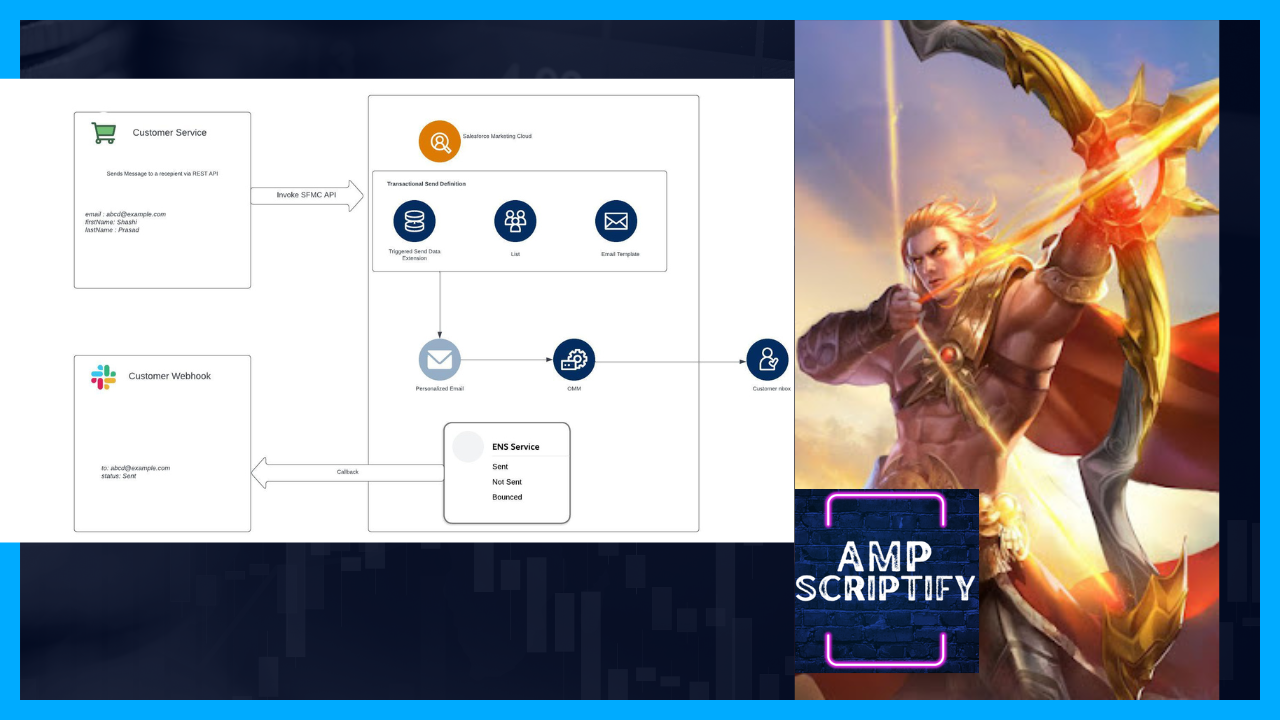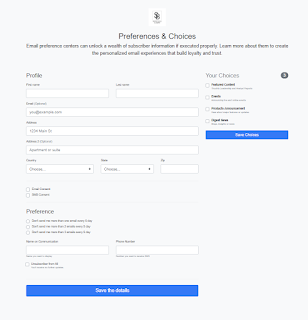Journey Builder
Marketing Cloud’s Journey Builder is very powerful tool for campaign planning. Nowadays, everyone utilizes journey to send communications. This blog will try to cover all those topics that are frequently discussed in marketing cloud parlance. I will try my best to provide the best possible solution when it comes to troubleshooting and adhering to best practices while designing Journey builders for marketing campaign.
QUESTION 1:
I have set up a Multi-Step Journey using Journey Builder, but at the schedule time Email is not deliver to subscribers and in the email activity dashboard it is showing Hard Errors. Please let me how do I can resolved this issue.
ANSWER:
Hard Error occurs mostly due to personalization string evaluation. If you are using %%FirstName%% and your target data extension don't have that attribute it will return into an error. You may try to do Preview & Test with the subscriber record, if there is any personalization issues error notification will help you understand the root cause.
Apart from target data extension personalization strings, email has it's system reserved personalization strings. E,g., %%fullname_%% this is the personalization string that you might have created in profile attribute. If the attribute is missing and you are using it email, it will lead to error.
https://help.salesforce.com/s/articleView?id=sf.mc_es_available_personalization_strings.htm&type=5
QUESTION 2:
Hi All, I have created a journey setup and sending email to a salesforce campaign using salesforce data entry source (Entry criteria- Created). I see all campaign members have entered the journey but email not sent to more than 1000 members out of 3000. I looked into the journey history, but do not see the reason for email sent failed to the set of contacts. As we do not have Not Sent data view, could someone help with use case query condition which can be used to get this specific data. Also what could be the set of reasons for this not sent status for these contacts.
ANSWER:
Here you are using Salesforce object as the entry source, and, while configuring the journey you have a list of attributes that you configured, if error is occurring during send then the attribute that is used for personalization doesn't have good data. It either can be empty or the data-type mapping might be incorrect.
The easiest way of finding out subscribers who didn't receive email is by querying data views.
The data extension that is storing those subscribers, if you are using salesforce object entry source, you can find the data extension with the journey name at the root folder of the data extension.
QUERY :
SELECT D.SUBSCRIBERKEY
FROM [TARGETDATAEXTENION] D
WHERE D.SUBSCRIBERKEY NOT IN
( SELECT S.SUBSCRIBERKEY FROM _SENT S
INNER JOIN _JOB J ON
S.JOBID=J.JOBID
WHERE EMAILID=1234 AND DATEDIFF(D, S.EVENTDATE, GETDATE())=11)
You can find the email id from the email properties and if you are sure when this email was sent you can add the date filter.








Comments
Post a Comment